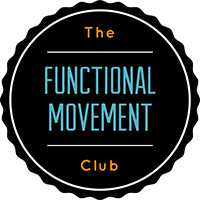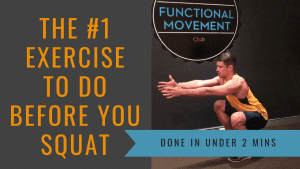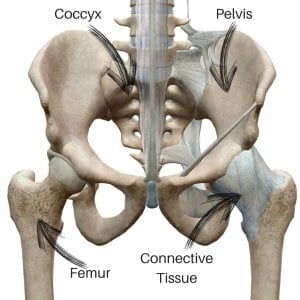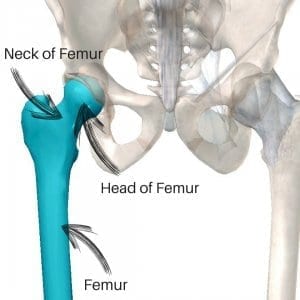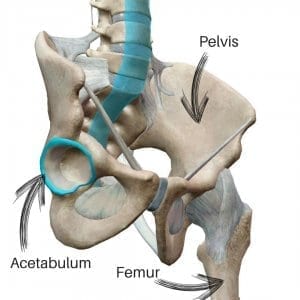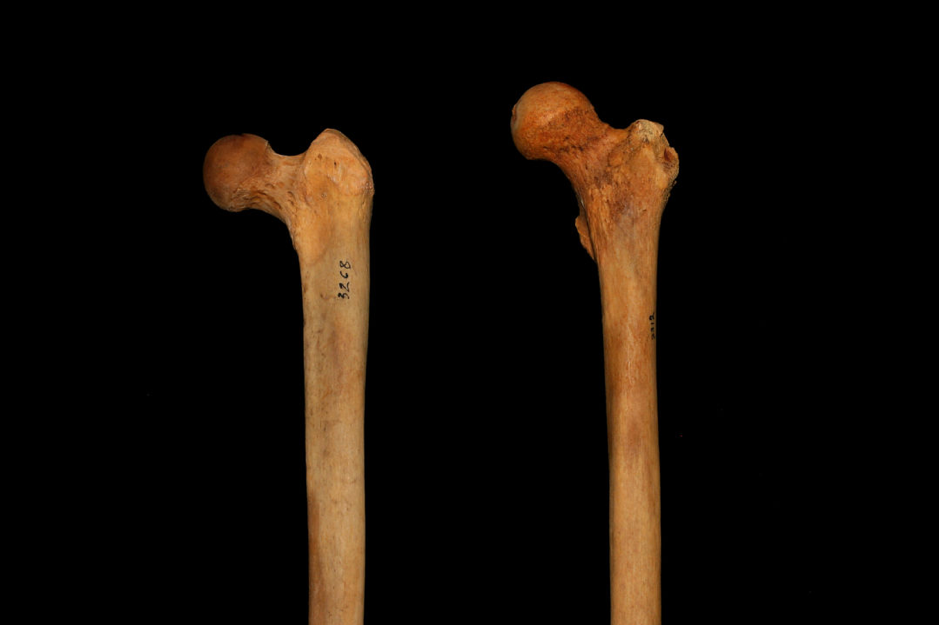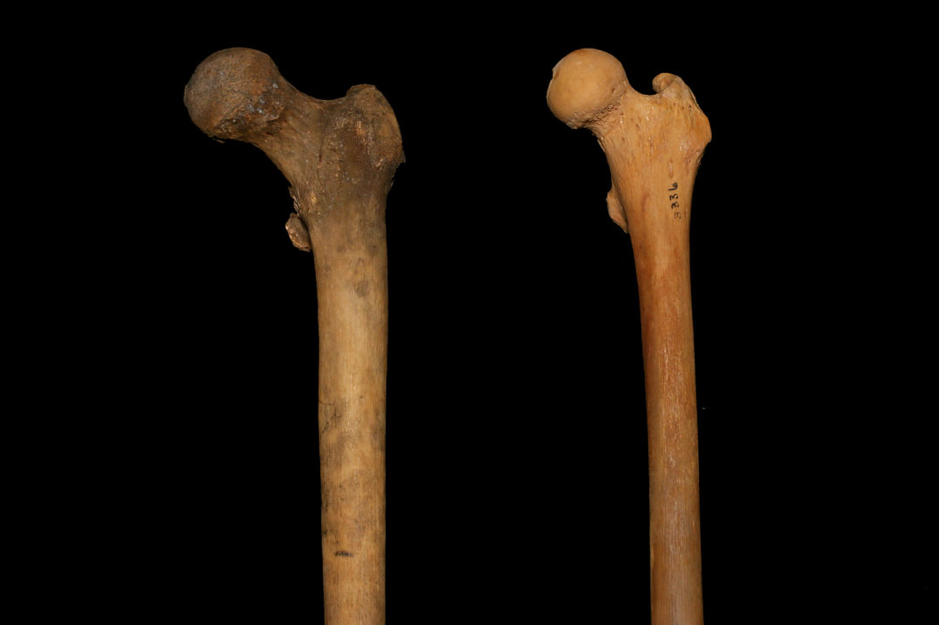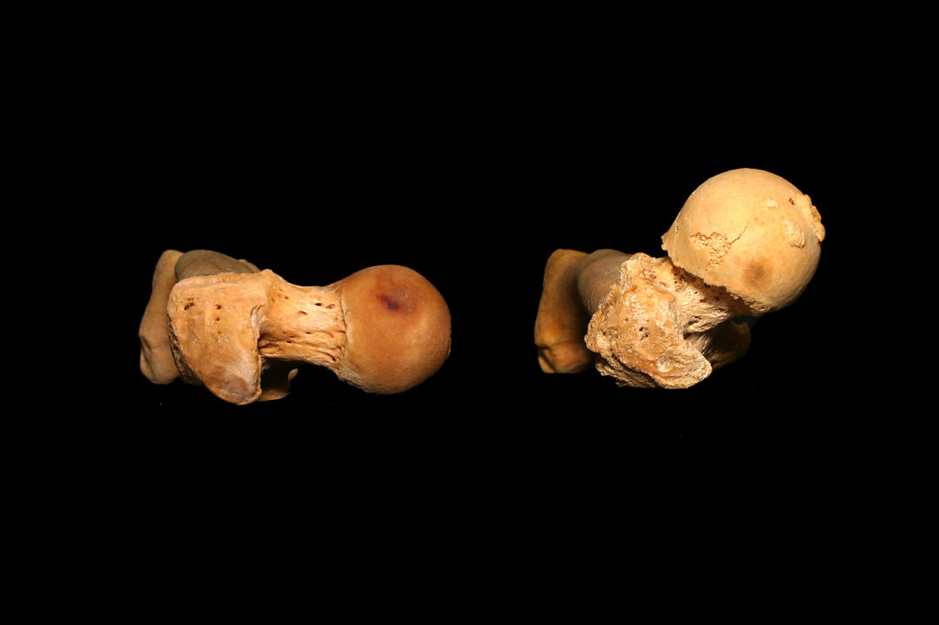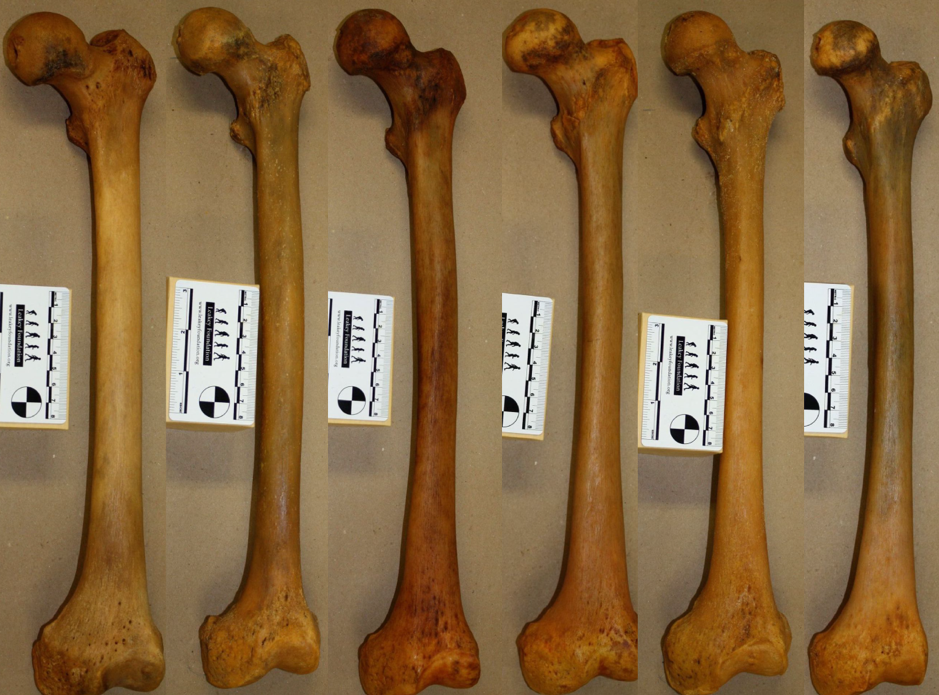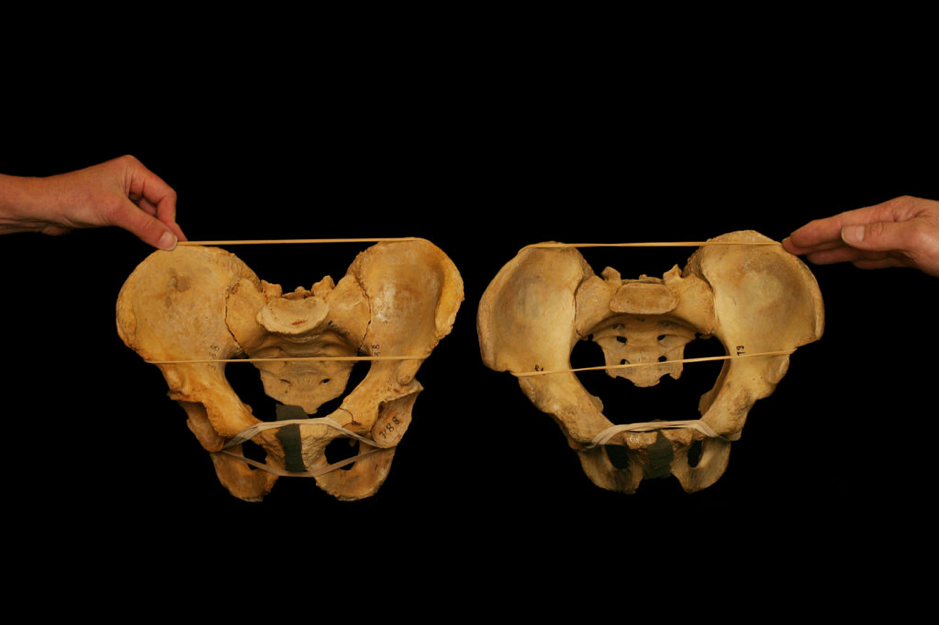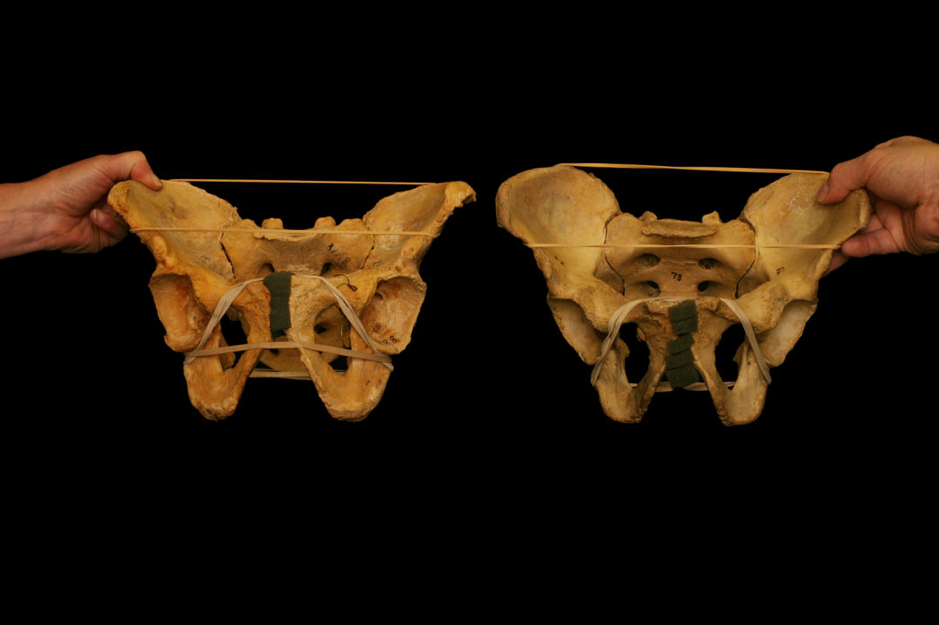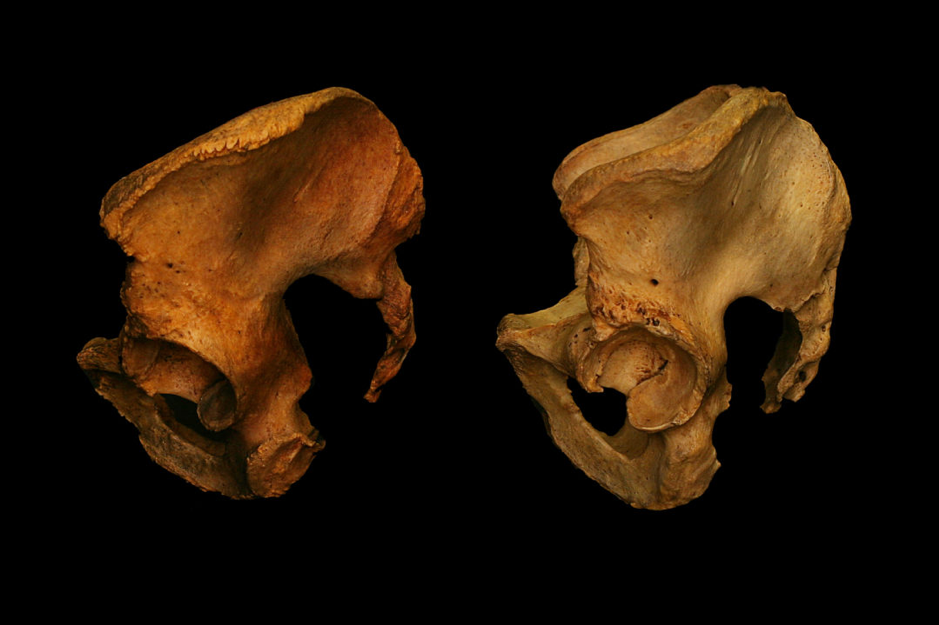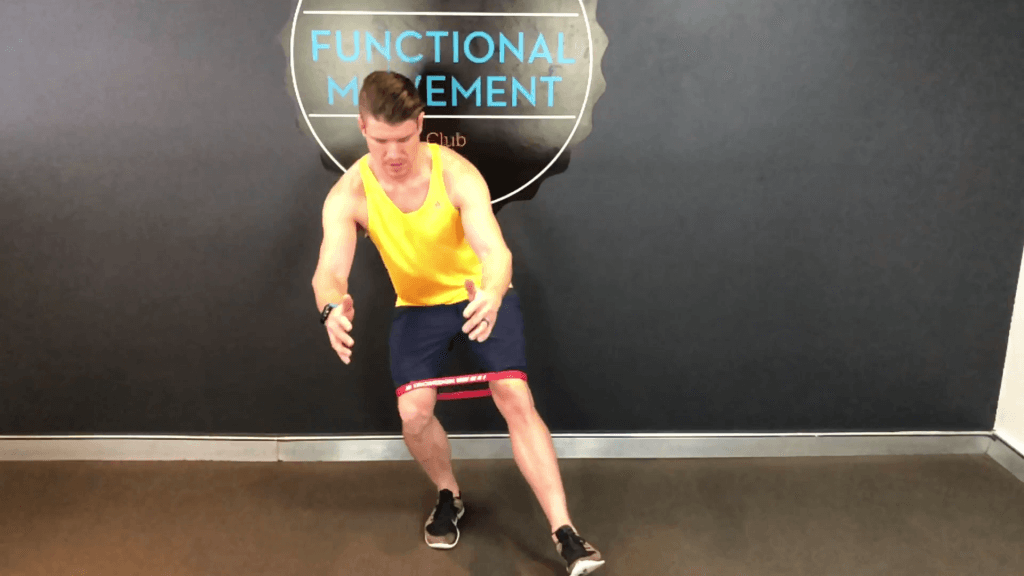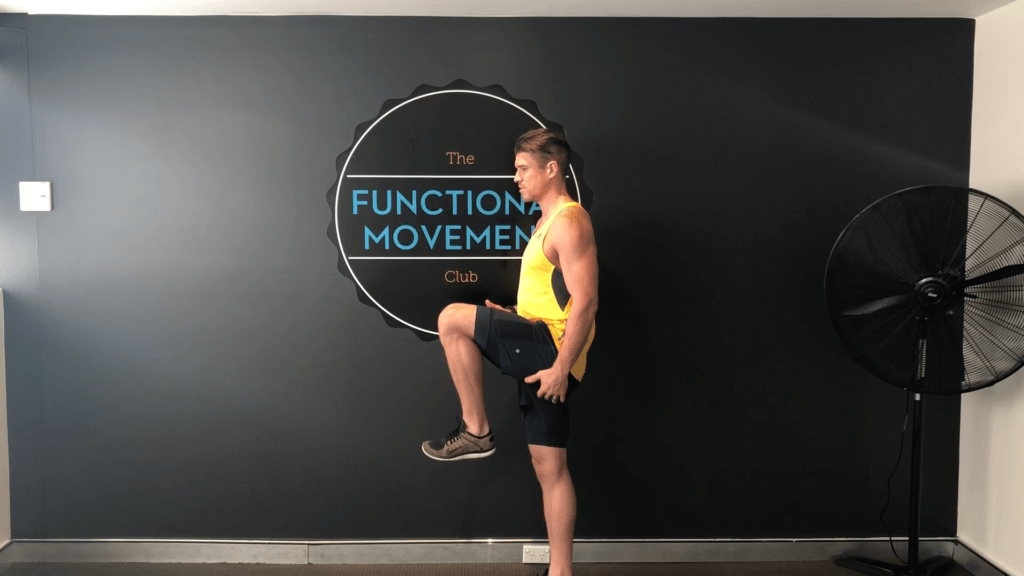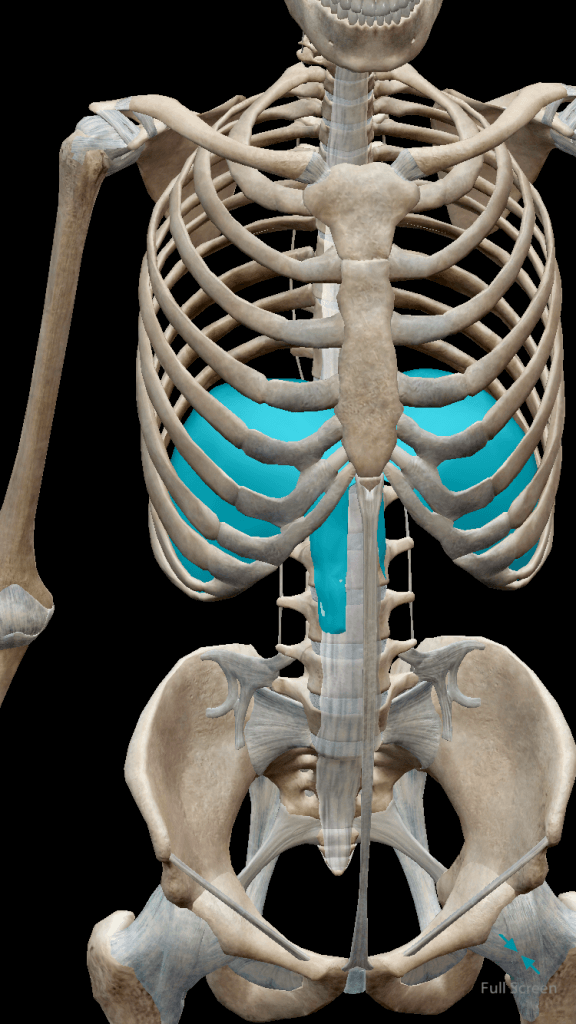Find Your Perfect Squat: Why My Squat Is Different To Your Squat
Intro
The Squat is probably the most functional movement we teach, you do a heap of squats every day without even meaning to. If your form isn’t dialled in, it can lead to muscle imbalances and pain. To find your perfect squat start off with a hip hinge, and then co-ordinated bending of the knees until you reach your required depth. You don’t need to go full ass to grass depth (and in some circumstances due to anatomy of the hips you won’t be able to get there without some compensation in the lower back), But you should be able to at least get in and out of a chair (so the thighs are parallel to the floor) with your body weight.
There are so many variations of the squat it can be a little daunting even trying to remember them all let alone execute them perfectly. That’s ok though, because you don’t have to nail all of them, you don’t even have to know all of them, but there are some basics about squatting everyone should be know and be able to do. Your anatomy will play a large role in how you set up for a squat, and how deep you can squat. Some people have deeper sockets providing greater hip stability, others sockets are shallower which makes them more flexible. This is only one thing to consider though before trying to figure out how wide your squat stance should be, whether your feet should point straight ahead or slightly out and how deep you can/should squat.
Below you will find everything you need to know about your squat and how to set up for your perfect squat. It will not only help you to Move Better, and Feel Better, but it will enable you to Be Better.
Find Your Perfect Squat: Anatomy
The Hip is designed for both mobility and stability. It is a ball and socket joint allowing Flexion/Extension, Rotation and a combination of all those movements, circumduction. The “ball” at the top of your femur (thigh bone), which we call the femoral head fits into the “socket” which refers to a cup like depression in your pelvis (called the acetabulum). As the Hip is designed forboth mobility and stability there are a lot of structures around it including:
- Bones and joints
- Ligaments of the joint capsule
- Muscles and tendons
- Nerves and blood vessels that supply the bones and muscles of the hip
Find Your Perfect Squat: The Hip Joint Complex
On the inside of the hip joint, you have the pelvis. The pelvis is made up of three bones that together form the Acetabulum (hip socket) and your sit bone (a triangle shaped bone at the back called your Coccyx). On the outside of the hip joint to femur attaches into the hip socket, ligaments around the edge help to make your hip socket deeper which is then covered with connective tissue.
Find Your Perfect Squat: The Femur
The main areas of your femur relating to hip anatomy when squatting are the head neck and body of the Femur.
Find Your Perfect Squat: Hip Socket
In the picture above the femur on the left has been removed, the highlighted (Blue) structure is called the acetabulum and helps to deepen the hip joint and increase stability. These are standardised and typically show what’s considered ‘normal anatomy’.
You, however, are a special little snow flake thanks to your genetics diet, and how you and your ancestors have used their hips in the past.
Therefore, femur and hip socket shape varies from person to person, which will all affect the way you squat.
Find Your Perfect Squat: Anatomical Variations
Actual variations of the hip joint complex are endless with new ones being discovered every day, but these are the main bony variations to consider:
- Femoral neck angle
- Length of femoral neck
- Version/torsion of the femur
- Combination of femoral variations
- Hip socket orientation
- Depth of Hip Socket
1. Femoral Neck Angle Variations
Here are two different femurs from two different people. One femoral neck is pointing across while the other points up. Femoral Neck angles will alter squat stance width as well as the amount of torsion you need to create in the hip to generate the required amount of tension to make sure the movement is coming from your hips and not your lower back.
2.Length of Femoral Neck
In this picture, the femoral neck angle looks pretty similar, the difference lies in the length of the neck of the femur. This can affect how much of the head/neck is covered by the socket of the hip joint. Which will affect the stability of the hip joint.
The femoral heads are also different sizes. The smaller the head the greater the surface area which is in contact with the hip socket, as mention previously this play a role in hip stability.
The Larger femoral head will have less surface area in contact with the hip socket and will therefore be a more mobile hip joint.
3. Torsion of the Femur
The Greater the torsion, the more your toes will point out when squatting. This is a great picture to demonstrate torsion (twisting) of the femur. This is usually determined by your genetics and diet, but repetitive movements during bone growth can also play a role in the torsion angle of your femur.
4. Spectrum of Femoral Variations
Your Bone structure is largely due to genetic make-up and how your muscles pull on those bone during your growth years.
Bone respond and grow according to the stress that is placed on them. This leads to different neck lengths, different amounts of torsion, varying neck angles, and also variations in the hip socket depth and orientation.
Then you also have the fact that muscles to can have altered attachment point, and some people actually have more muscles and ligaments then others.
This means there is no one size fits all approach to squatting, but there are fundamentals everyone should be aiming for.
5. Hip Socket Orientation
Now it’s time to look at your hip. In this picture the hip sockets on the left are facing more anteriorly (forward) this will allow for great upward and downward rotation of the femur in the hip and mean that this person will be able to squat deeper before their pelvis tucks under (butt wink). The person on the right with the hip sockets pointing more laterally will either have an earlier butt wink or have to externally rotate their legs or have a wider squat stance to make some extra room.
This picture also demonstrates the variability of hip socket orientation. The pelvis on the left, with sockets that point more upward and more forward then the right and better able to have a narrower squat stance and find it easier to get into a deep squat.
6. Depth of Hip Socket/Socket Orientation from Side View
This final picture is a side view of the hip socket. One is staring straight at you; the other is pointing down and in the front. This is another example of differences in hip socket orientation. The socket on the left is also deeper than the one on the right. This is an example of variation in hip socket depth.
You should know by now the deeper the hip socket, the more stable the hip will be and the less mobile it will be. Whilst the shallower a hip socket on the right, will generally have a greater range of motion but need more stability.
Is a hip tight due to muscles or is it a deep hip socket? Check out our blog article here: Squat Mobility vs Stability: How Fix Your Squat
So, What Do You Do?
First find your ideal squat stance width with the video above, wiggle feet/knees in or out to find your most comfortable position. If you’d like more ways on ways to fix your squat check out:
- Squat Mobility vs Stability: Fix Your Squat
- Fix Your Squat – Hip Mobility
- Is Ankle Mobility limiting your Squat?
- Squat Mobility: Get Into A Deep Squat
The general principles of squatting should be the same:
- Knees tracking over the middle to outside of the foot
- Heels staying on the ground,
- Minimal low back and spine motion.
- Don’t let your knees cave in when lowering into the squat.
Different people have different anatomy and that is why people should squat differently. If you are having trouble with your squat check out our course:
Need Some Extra Help With Your Squat? Click Below Or Give Us A Call:
Check out our Build A Better Squat Course.(Click Here)
All photos were used with permission from http://www.paulgrilley.com/bone-photo-gallery
